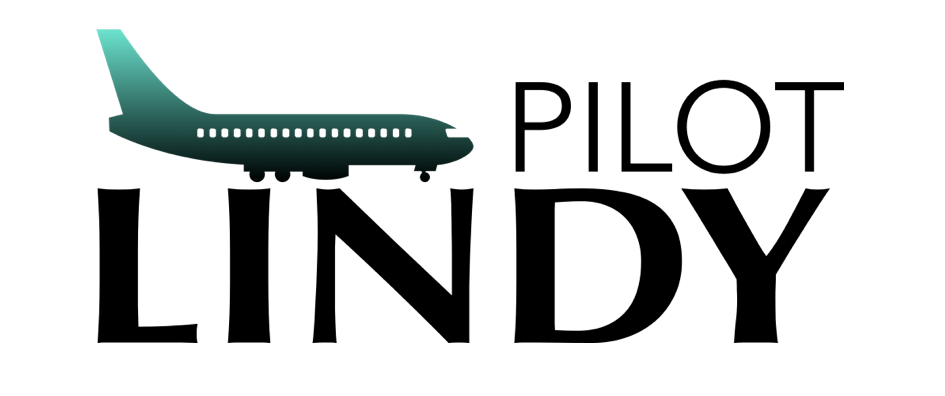How do pilots Take Off?
To understand how an airplane takes off, we need to learn a little bit about aerodynamics. Aerodynamics is all about what happens when a solid object flows through a fluid. Air is a type of fluid as it can move freely around any object. Depending on the shape of the object, and in our case the shape of the airplane wing, the air will flow around it in a certain direction and causes forces on the wing.
The 4 forces acting on the aircraft, are thrust – lift – drag – weight.
Thrust is the horizontal component pushing the plane forward, created by the engines.
Lift is the vertical component generated by the airflow passing the wings.
Drag is the horizontal component working backwards, which is the resistance force of the aircraft moving through the air.
Weight is the vertical component working downwards, caused by gravity.
If a plane is flying in the air, at the same altitude and the same speed, the thrust component is equal to the drag component and the lift component is equal to the weight component.
But in order to accelerate, the thrust must be bigger than our drag and to climb, the lift needs to be more than the weight in order to go upwards.
The amount of lift generated depends on many variables. The formula for lift is the following:
L = (1/2) d v2 s CL
- L = Lift
- d = density of the air.
- v = velocity of an aircraft
- s = the wing area of an aircraft
- CL = Coefficient of lift , which is determined by the type of airfoil and angle of attack.
This is where the shape of the wing (airfoil) plays a crucial role. Here you see a cross-section of a wing.
The shape of the airfoil splits the incoming air. The pressure of the air that flows on top of the wing is decreased due to the airfoils curvature and the air pressure below the wing is increased. The airflow is deflected down and the airfoil gets pushed up, causing the plane to move upwards.
The more the airfoil changes the path of the incoming air, the more lift is created. The angle between the wing’s chord line and the relative wind is called the angle of attack.This is why the angle of attack the ‘pitch’ of the plane plays a part in the lift formula. You can see that the bigger the angle of attack, the more lift is created.
If the plane pitches more downwards, the angle of attack is less. Less air gets split, less pressure difference exists between the upper and lower surface of the wing and the air is not deflected as much downwards as before. Because of this, less lift is generated.
During take off, we increase the power of the engines (thrust) and the plane starts to accelerate. The wings will pass with a high speed through the air. The airflow around the wings is split, creating a lower pressure above the wing an a higher pressure below the wing. The pilots pull the control wheel to lift the nose up upwards. Lift will be generated and the plane starts going upwards and lifts off the ground. And we fly to our destination!
